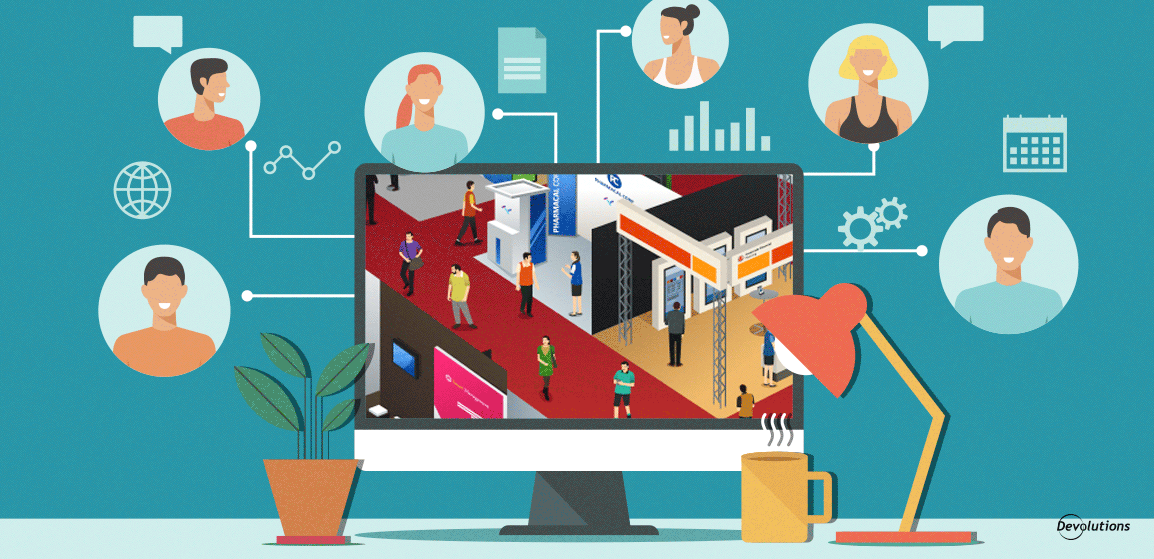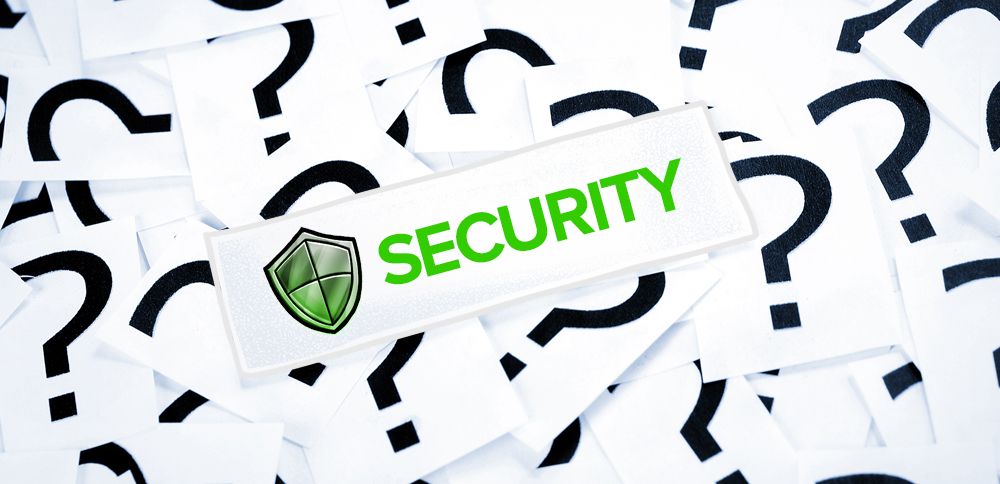In a recent article, I looked at the pros and cons of virtual conferences. Around the same time, Microsoft announced that all of their events will become virtual events until June 2021. This is the dawn of a new era – time to fully embrace the digital world. And so I thought it would be helpful to share some tips for hosting a virtual conference.
What Is a Virtual Conference?
If you’ve never experienced a virtual conference, it’s basically an online event that features webinars, webcasts, keynote speakers, Q&As, and breakout/networking sessions.
Some virtual conferences also have vendors and may be called virtual trade shows or virtual expos. Essentially, a virtual trade show is the same as a traditional trade show, except that the whole event takes place right on your laptop, from the exhibit hall, to the booth design, to sessions and seminars. Naturally, exhibitors and visitors connect with one another virtually, rather than in person.
Tips for Success
Whether online or in person, event marketing is all about understanding what participants want to discover and experience, and then meeting — or better yet, exceeding — those expectations. To achieve this objective, here are some tips to keep in mind:
1. Try the Technology
Before hosting a virtual conference, try the technology to understand how it works and what it looks like. If you don’t have the time to participate in a virtual conference, then ask a vendor (such as VFair or INXPO) to provide you with a demo.
Regardless of the technology you choose, ensure that it allows participants to message one another, attend virtual happy hours, and so on. Remember, attendees are not just there to learn about different products and educational content. One of their key motivations is to network and build relationships.
2. Develop a Marketing Plan
Your marketing plan should cover how you’ll reach potential exhibitors, sponsors and attendees, and how you’ll promote your event. You want to use online channels like Facebook, LinkedIn, and Instagram, along with websites and email databases.
Keep in mind that exhibitors might be skeptical about the value of a virtual conference. As such, you want to help them understand the benefits and advantages, including the ability to interact with attendees, share product information, generate leads, gather valuable data, check out competitors, connect with strategic partners, and so on. Basically, exhibitors can do many (and sometimes all) of the things at a virtual conference that they do at an in-person conference, but for a fraction of the price.
3. Educate Attendees
It’s important to create tutorial videos (which you may want to supplement with PDFs, presentations, or any other training material) for attendees, so that they can get the most out the experience. Help them understand how the technology works, what to expect, how to plan their time, and so on. It’s also smart to have them configure their settings to receive push notifications that remind them of upcoming sessions, Q&As, and so on.
4. Educate Speakers/Presenters
For speakers/presenters, help them make the transition from an in-person experience to an online experience. Advise them to rehearse in front of a camera and watch the recording to identify areas of improvement. Not only will this make them more competent, but it will make them more confident and comfortable as well. It’s also very important to help speakers understand that “less is more”. While attendees at an in-person conference typically stay in their seats for an entire session, in the online world, if they feel overwhelmed or overloaded, they will just hit the exit button.
5. Prepare Exhibitors
Exhibitors need to build their virtual booth, and since this might be new to many of them, hosting a live educational session before the conference is a good idea. Remind exhibitors that a full booth typically includes a front page, a back wall, and something attention grabbing. Booths should also provide as much quality content as possible, such as product sheets, videos and web links.
Exhibitors should also be prepared with goodies, special discounts and contests — since attendees LOVE these, regardless of whether the conference is in-person or virtual. Contests are also a great way to collect contact information in a friendly and agreeable way.
6. Create Great Content
Just like an in-person conference, you need great content for your virtual conference. This means that your content should be relevant, topical, timely, engaging and focused. You also want to have a mix of content (e.g. keynotes, workshops, Q&A sessions, etc.). Plus, ensure that all of your amazing content is accessible for the visually and hearing impaired. If you plan on engaging an international audience, even though English is the “unofficial international language of business”, you may want to translate some or all content as well.
And there you go folks! I hope these tips help you host a successful virtual conference. And what if you’re attending a virtual conference rather than hosting one? Well, I’ll have tips for you in my next article — please stay tuned!




